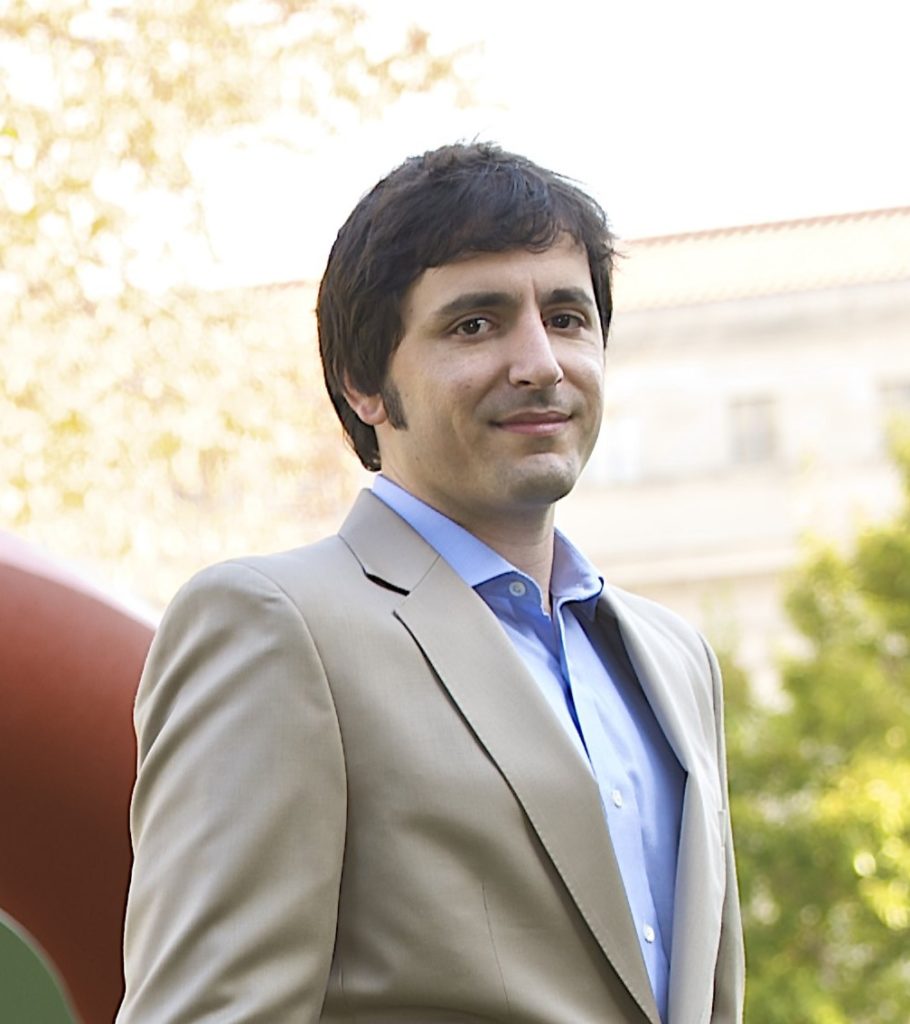Why Every PR Pro Needs To Know The Hippocratic Oath
Editor’s Note: This is a guest post by Bobby Zafarnia, who is the founder of Praecere Interactive, a boutique PR and social media consultancy based in Washington, DC.
When handling tough PR problems for clients, I instinctively try to recall similar experiences and run through what worked and what didn’t. For me, this routine exercise reinforces the PR version of primum non nocere, commonly known as the Latin maxim for doctors: “do no harm.”
The nice thing about this principle is its importance for any spokesperson: when responding to media inquiries, every answer must avoid attracting further inquiries. That’s our industry’s version of the Hippocratic Oath, or doing no harm for the client.
So what do I mean by this? Here’s how it works. When the klieg light heat is on, the scrum of mikes are shoved in your face, and the questions are relentless, make sure your answers are as specific as possible to the particular question. That way, if your client (or the organization you represent) is under scrutiny, you are working toward stopping the inquiries and buying time for the next move.

Writer Bobby Zafarnia
Put another way, each answer you provide shouldn’t invite more questions. The temptation often is strong to go beyond a question’s parameters to drive home a point forcefully; after all, it’s in every solid flack’s DNA to protect their client. But when you volunteer more information than necessary to manage a PR crisis, you may inadvertently open new lines of inquiry that will only cause more media headaches for your client.
Here’s an example. Say the question is this:
REPORTER: “Your COO has left to start her own rival business, do you have a
loyalty problem in the ranks?”WRONG ANSWER: “We don’t think her departure means that people don’t like to
work at our company.”RIGHT ANSWER: “This is a highly competitive industry, and our talent is united
and focused on going forward and leveraging all new business opportunities.”
See the difference? The wrong answer, while addressing the executive’s departure, invites more questions about employee satisfaction, which likely isn’t an ideal topic to discuss in this context. The right answer shows confidence despite the executive’s quitting, and slips in a positive outlook to reassure stakeholders. This answer not only does no harm, it helps stop an otherwise out-of-control train of inquiry.
When you’re the messenger, particularly in crisis PR, you have to accept that the headlines will inevitably sting when they’re printed, emailed, and tweeted. Follow the do no harm principle, and you’ll likely kill the story in less than 24 hours.
Bobby Zafarnia is the founder of Praecere Interactive, a boutique PR and social media consultancy in Washington, DC. Bobby is a 13-year PR veteran, having lead media communications for Fortune 100 companies, foreign governments, Members of Congress, and national political campaigns.


